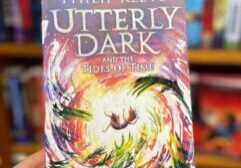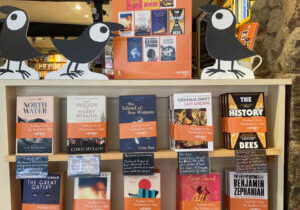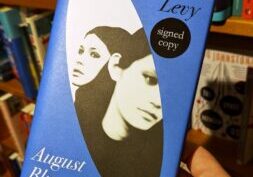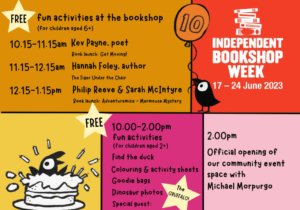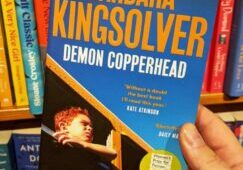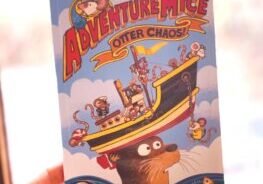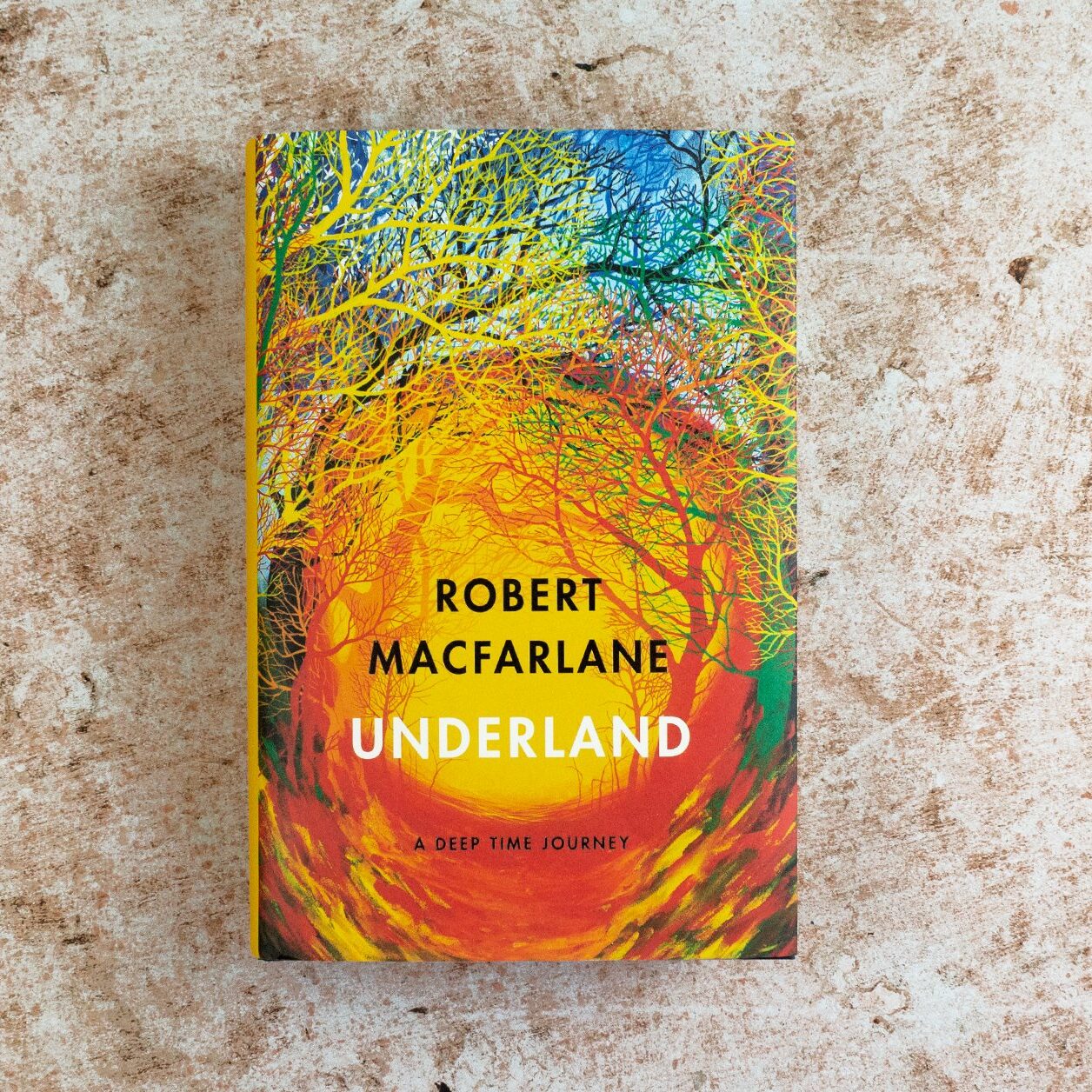
Q&A With Robert Macfarlane
You began your journey as a writer at the highest of elevations, in MOUNTAINS OF THE MIND. It is fascinating that the latest stage of your journey takes you to the lowest – to the world beneath our feet. Can you tell us what led you there?
Yes – fifteen years and five books have taken me from the mountain-tops to the sunken storeys of place that lie beneath the surface of both land and mind. I only realised this gravitational logic in retrospect, really; that I had descended via the forests and moors of The Wild Places (2007), to the paths of The Old Ways (2012), to the sunken lanes of Holloway (2013) – and now into the underland. All of these books are joined by a fascination with what I’ve in the past called ‘landscape and the human heart’: how matter and metaphor reciprocally shape one another, and how people may fall so deeply in love with a mountain summit, or a flooded cave system, or the notion of a nation, that they are willing to die for this imagining (or kill others for it). Darkness and light intertwine in the dreamwork we bring to bear on the places we live in and love; Underland dives deep into that darkness. I wanted to tell a story about the past and future of our planet, and also about the ways in which we have used the underland to imagine ourselves. We bury the things and the people we love — and we also bury the things we hate and fear.
When you first embarked on the research to prepare for writing UNDERLAND did you have a strong sense of the terrain you would cover, or were the journeys themselves prompted by the book as it emerged? How much was planned in advance, and how much did the book itself guideyou as it took form?
The book very much revealed itself, as was appropriate to its subject; I had the strong sense of excavating or discovering a buried structure that was already present. Underland travels in deep time, from the formation of the mysterious ‘dark matter’ at the birth of the Universe, through into an imagined Anthropocene future, 100,000 years from now. So its time-span is a modest 4.6 billion years, and I had to find a form and a voice that could evoke such inhuman spans of time. The book also tells of my own travels in space over the seven years or so I also travelled myself to many places where the underland drops dramatically away beneath us, or rises up to meet the surface world with great consequence — from Mesolithic burial chambers in the south-west of England, through the catacomb labyrinth of Paris, to the ‘starless rivers’ of the Italian karst, to the ‘blue of time’ sunk deep in the ice of Greenland’s great glaciers, trying to fathom something of the many journeys into darkness and depth that we have made as a species.
The journeys in the book are sometimes perilous – and at the very least alarming to consider for anyone with a fear of enclosed spaces. Did you grow up with a passion for caving, or is it something which you have had to learn?
Claustrophobia seems to me one of the most acute of the common phobias. I noticed many years ago that even when reading or hearing about confinement or entrapment, people begin to shift uneasily, moving their bodies around in sympathetic discomfort. That fascinated me — and also suggested to me an extraordinary resource for a writer: writers long to make people feel things, well, deeply; to shake their hearts and shift their bodies. To take as my subject an experience that affects people so profoundly seemed an opportunity as well as a constraint. The responses to Underland from its early readers have been like nothing I’ve known before, in terms of the intensity and passion of response. A number of people have described a feeling of being unable to read on, but unable also to put the book down. That seems a powerful place to bring readers to.
Of all the descents you have made, is there one which you would place above all others from an emotional or even spiritual perspective – for the feelings you felt?
Undoubtedly the remote sea-cave above the Arctic Circle to which I travelled alone in winter, mountaineering over the Lofoten “Wall” (the granite ridge that runs down the spine of that extraordinary island chain), to reach. There, almost 2500 years ago, hunter-gatherers made much more perilous journeys to cross the threshold of light and dark that lies inside that sea-cave, and then to make art in the darkness; painting in red iron-oxide pigment the leaping, dancing figures of humans, who came almost-alive in the half-light to them, as they did to me when I reached that site after a two-day journey that had surprised me with its danger and hardship. I wept that day, seeing those red dancers on that ancient sea-shaped granite, for feelings I could not name then or now.
Read an exclusive extract from Underland here.
Underland by Robert Macfarlane is published on May 2nd and available from CCB, online here and from our bricks-and-mortar shop in Crediton High Street!
April 23, 2019
Blog > Interviews > Robert Macfarlane






